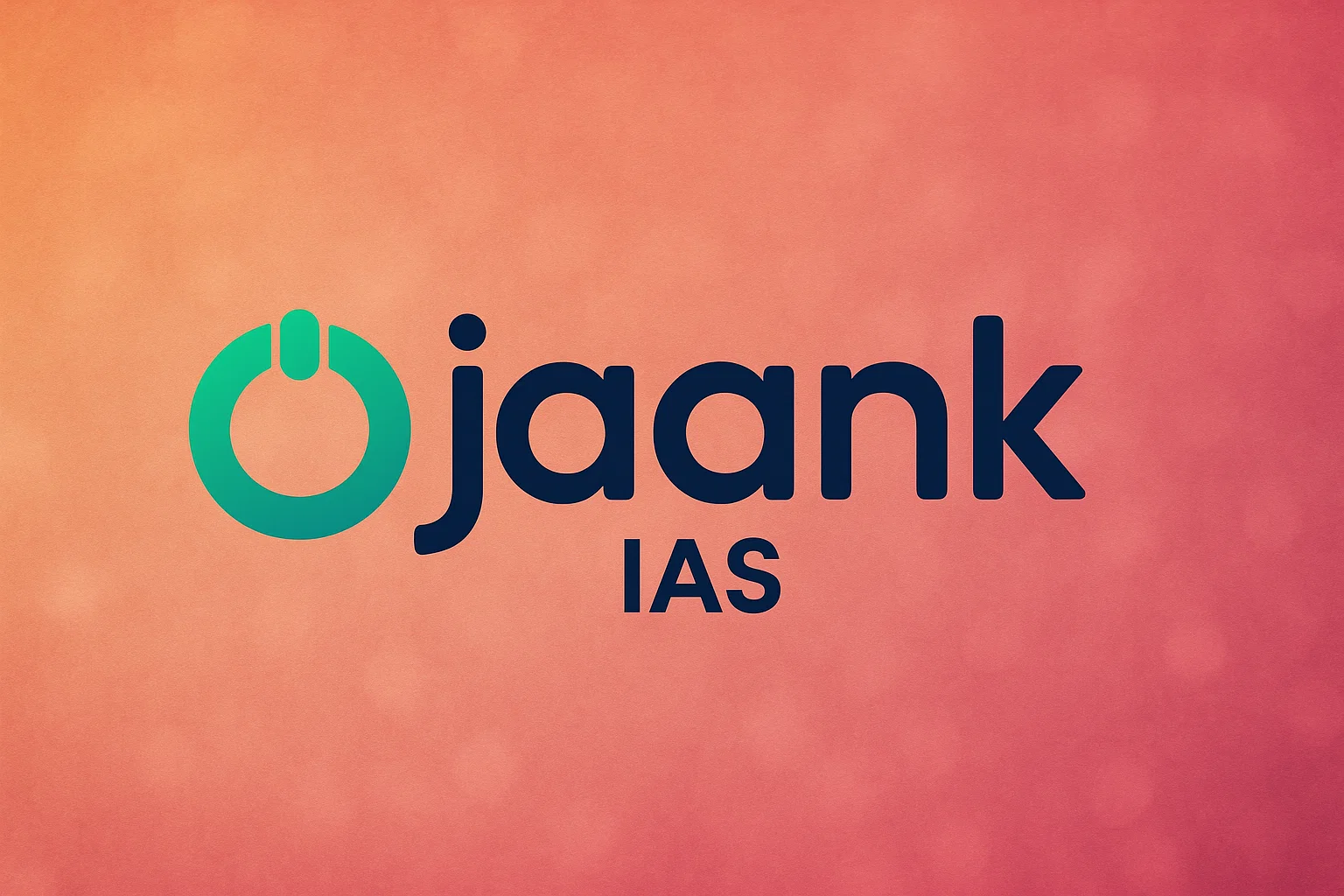Beyond the Textbook: Creative Approaches to Elevate STEM Learning

Catalyzing progress within the realms of science and engineering mandates a penchant for innovation, a principle that should permeate the educational journey of every STEM scholar. This narrative unfolds in the traditional academic landscape, where educators, armed with markers and whiteboards, elucidate complex theories through diagrams and equations. This tableau, prevalent across educational institutions, begs the question of its efficacy in the modern era.
The quandary lies not in the dissemination of knowledge per se but in the transient retention of rote-learned formulae, which evaporate post-assessment, leaving a void where foundational understanding should reside. In today's digitized globe, where algorithms and web queries offer instantaneous solutions, the crux of education should pivot towards nurturing the ability to tackle multifaceted dilemmas, necessitating a profound grasp of theoretical underpinnings.
The pedagogy of "learning by doing" emerges as a beacon of enlightenment in this context, championing the internalization and pragmatic application of knowledge. This approach encourages learners to engage directly with experiments, fostering a culture of inquiry and critical thinking. Envision the elucidation of optics through hands-on exploration, where the curious phenomenon of light refraction becomes a gateway to understanding the laws governing light's interaction with matter. Such immersive experiences cultivate a deep-seated comprehension of scientific principles.
The essence of innovation in STEM education intertwines seamlessly with this experiential learning model. Innovation, a cornerstone of scientific and engineering excellence, flourishes through observation, curiosity, and the relentless pursuit of "what-if" scenarios. By embedding innovation into the curriculum, educational institutions lay the groundwork for a generation of thinkers capable of transcending conventional boundaries.
The conception of innovation labs serves as a testament to this philosophy, offering a sandbox for the gestation of groundbreaking ideas. These spaces, equipped with the tools of creation and collaboration, become the crucibles where theoretical knowledge meets practical application. The cross-pollination of disciplines within these hubs not only enhances teamwork but also paves the way for pioneering ventures.
Observations from leading technological institutes, such as IIT-Bombay and IIT-Madras, underscore the transformative impact of these innovation ecosystems. Supported by alumni and fueled by a culture of tinkering and active learning, these hubs have birthed a plethora of ventures that defy the status quo, setting a new benchmark for indigenous innovation.
In conclusion, the trajectory of STEM education is on the cusp of a revolution, guided by the principles of hands-on learning and the ethos of innovation. As these paradigms gain traction, they promise to sculpt a future where students are not merely receptacles of information but architects of change, equipped to navigate and shape the technological landscapes of tomorrow.